Disusing the blurring line between organic and digital may be one of my favorite conversational topics (no, really.) See, in college I took a class titled Politics of the Future and in a nutshell, it ruined my life. In a good way. Five books and five papers later, I was left fascinated with the relationship between technology and the physical world and ultimately the results of that inter-connected relationship on a global/political scale. So naturally, Justin Bower’s large-scale oil paintings depicting the clash of human faces with the chaotic digital world caught my attention.
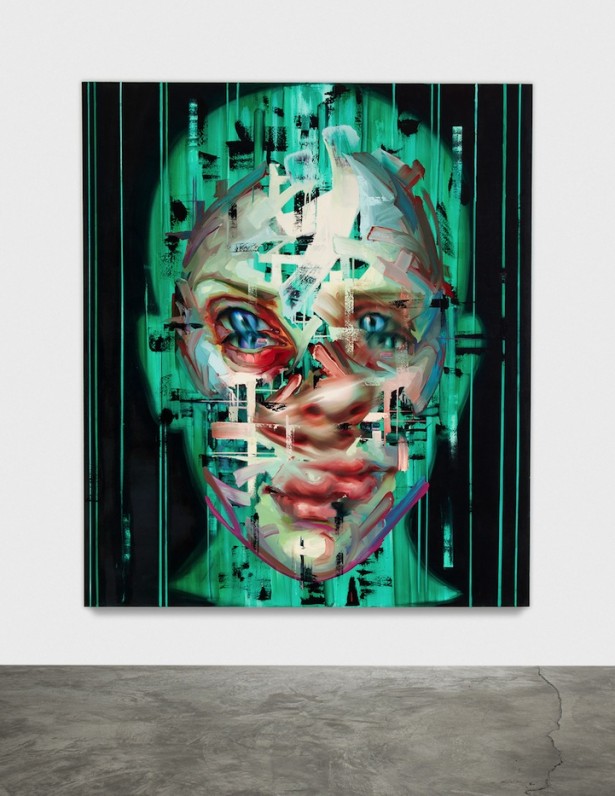
It’s easy to overlook our connection with technology when for the past two decades, our lives have steadily become more reliant on the benefits of what technology provides. Especially when it has essentially put the world in the palm of our hands via smartphones (aka, a mini-computer, camera, GPS, and mp3 player). What’s even harder to acknowledge is the effects it has on us because reaching for our devices is not only a habit, but culturally, it’s what we’ve come to expect.
So when artists highlight the transformation, so to speak, of our society’s rapid move toward the digital, it allows us to slow down, recognize, and in the long run better understand how media and technology affects us. Based in portrait-style, Bower’s paintings take on a fragmentation version of human faces being interrupted by the external modern world that surrounds us. Although at times the paintings can seem offsetting, the feeling could reflect the process of us understanding what technology as an extension of ourselves looks like.
The idea of entering or even being in a culture of post-human is seen across his paintings through the duplication of facial features on the portraits– a technique that not only “disrupts” a person’s thought process while looking on but also has them second-guess whether it’s truly a painting or a print. Or as the artist says in his own words:
My paintings depict the subject not as identification but of transformation, metamorphosis and catastrophe. They are not representative, they are performative, a boundary site and surface—neither entirely natural nor cultural but a configuration that negotiates the limits of corporeal existence within an increasingly technological environment.
More photos of the mind-bending paintings below and here:
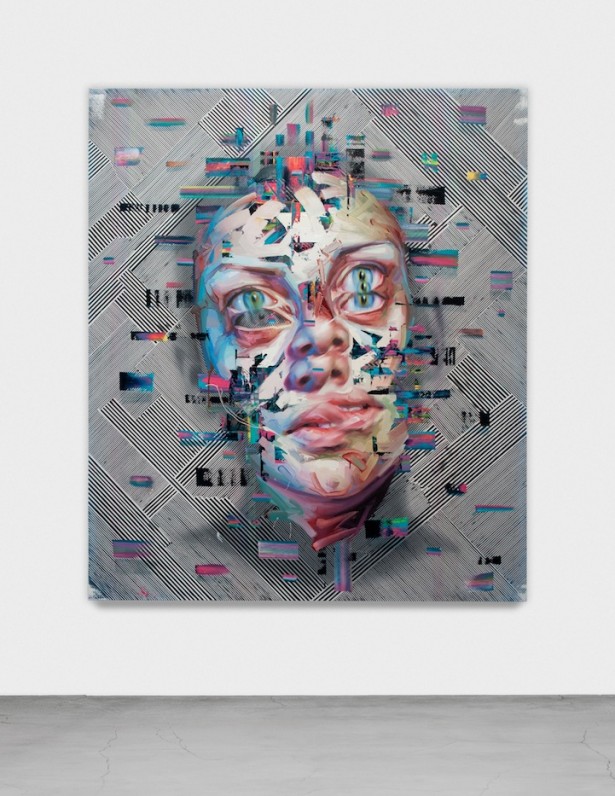
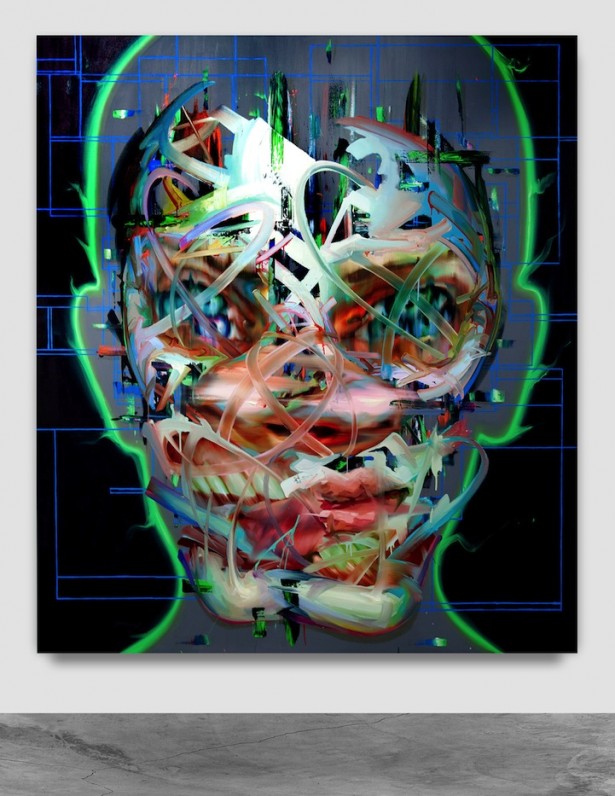
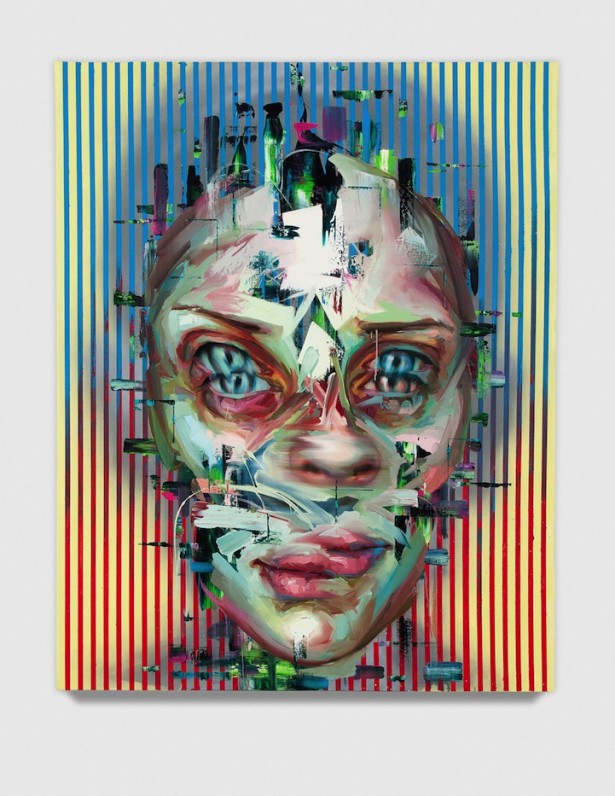
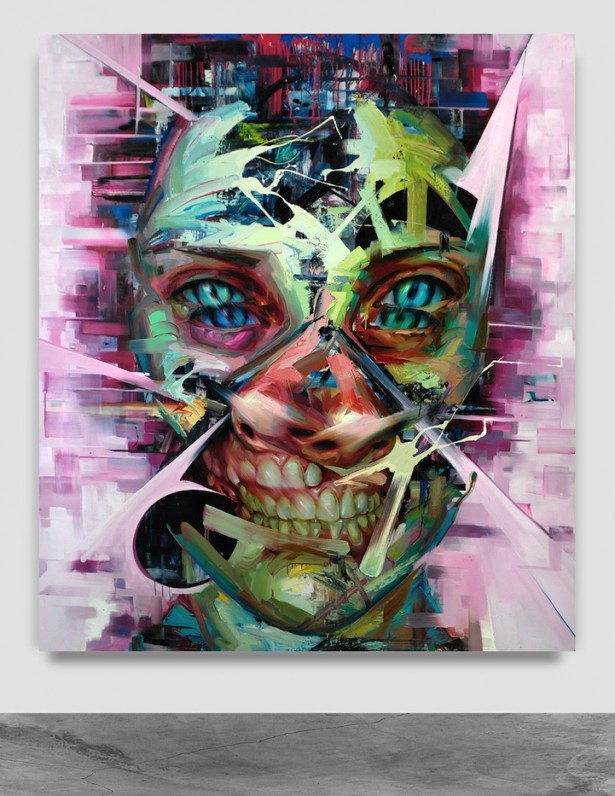
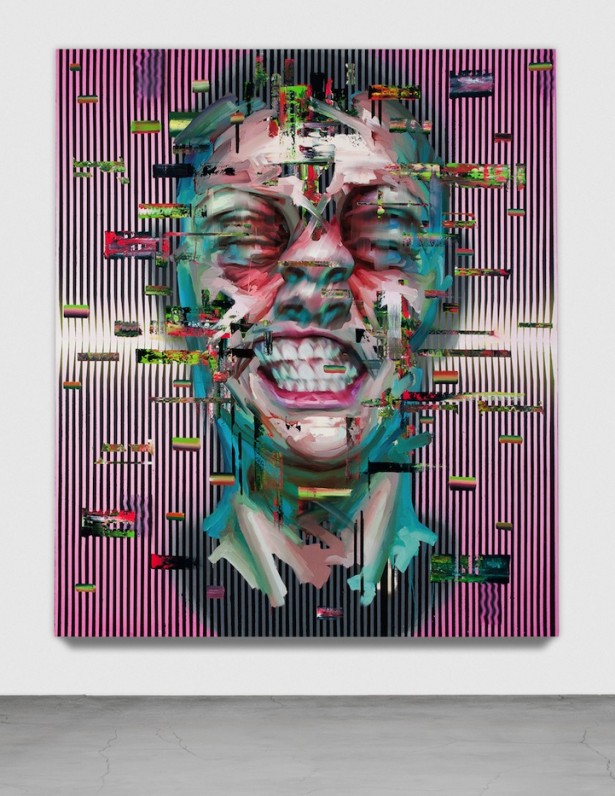
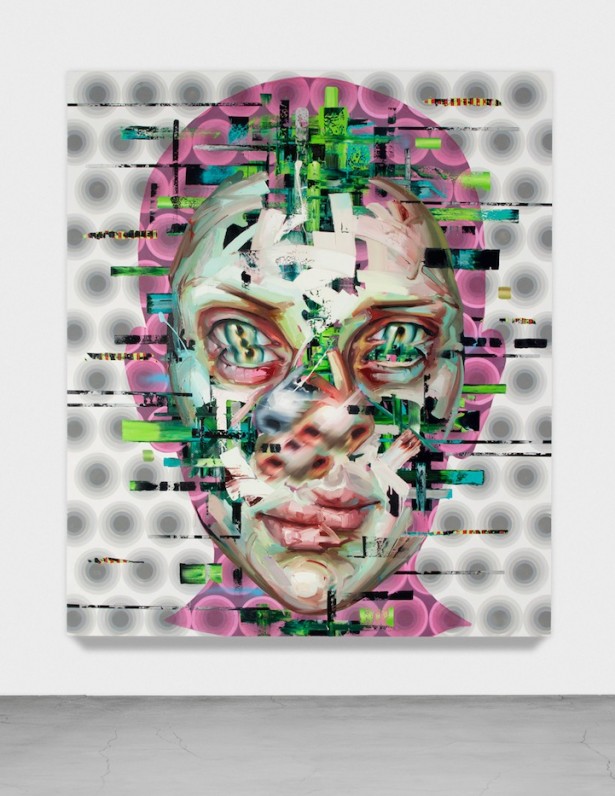
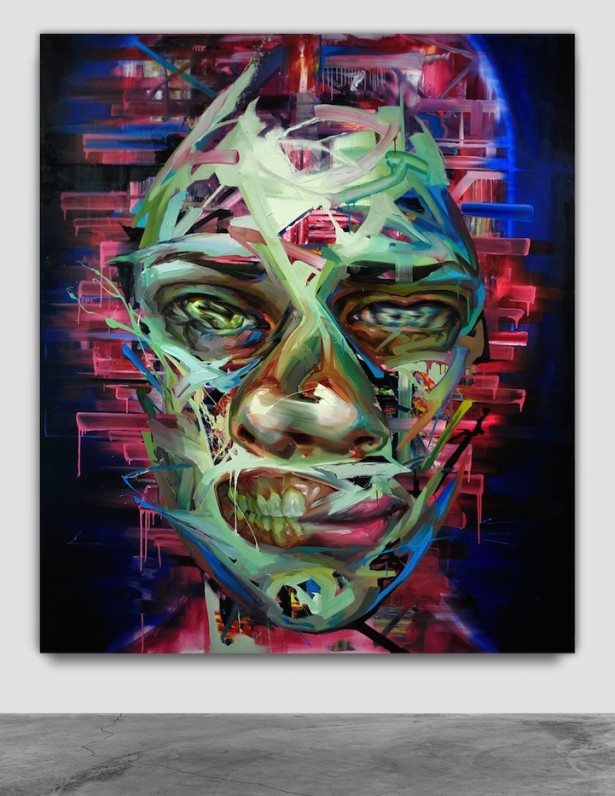
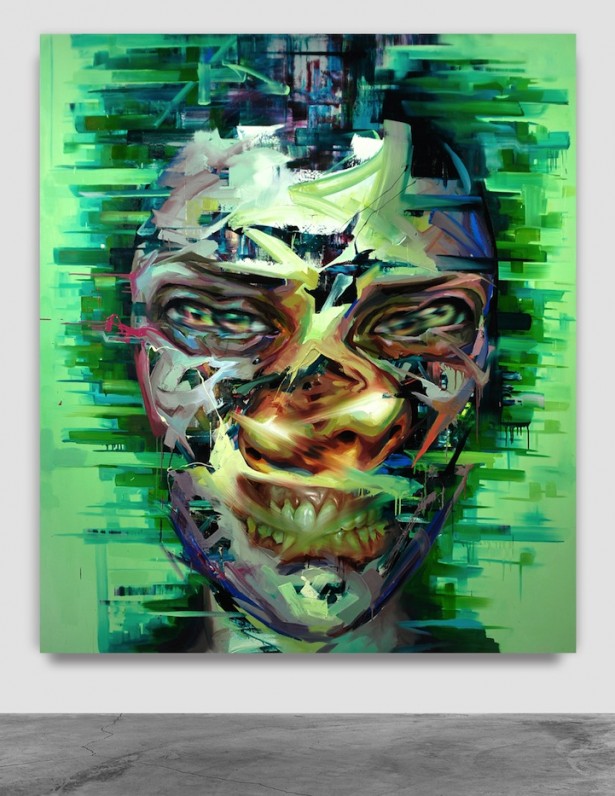
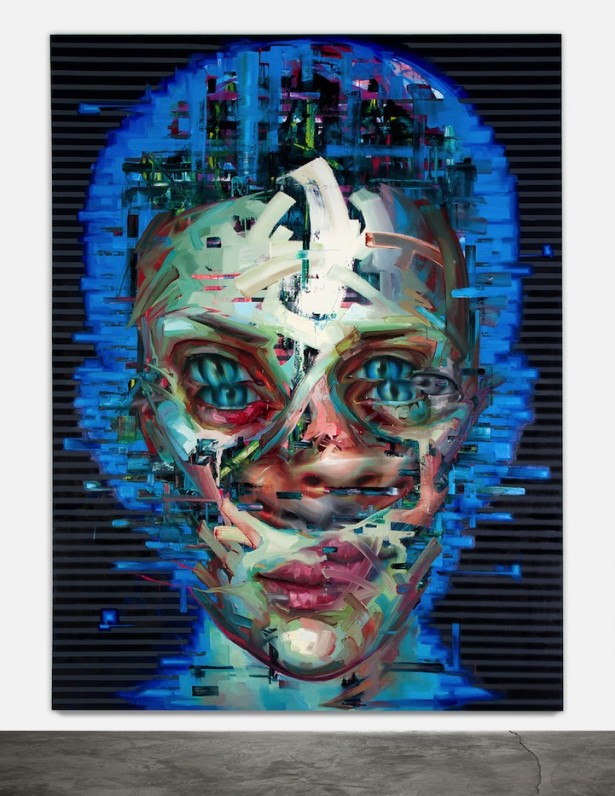
(Photo credit: Justin Bower’s ACE Gallery)
Think people should hear about this?